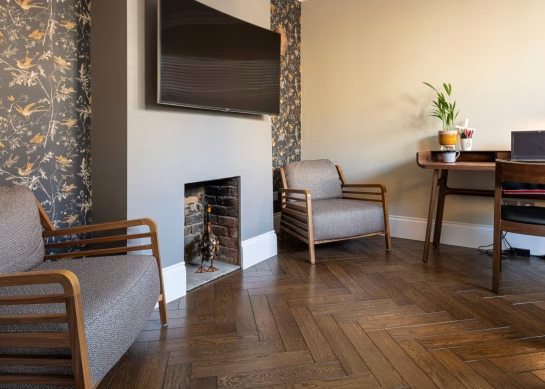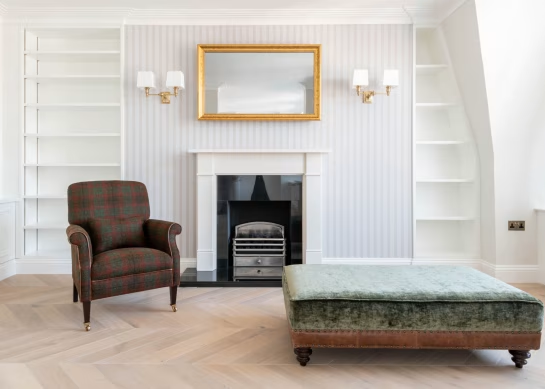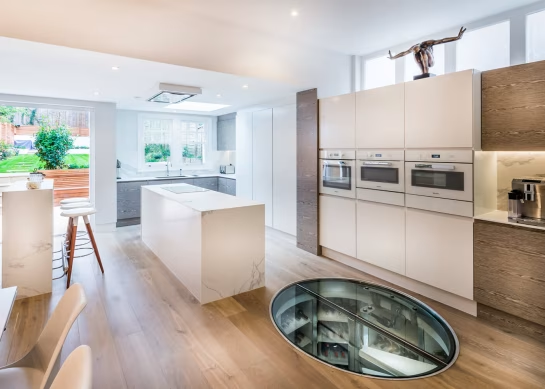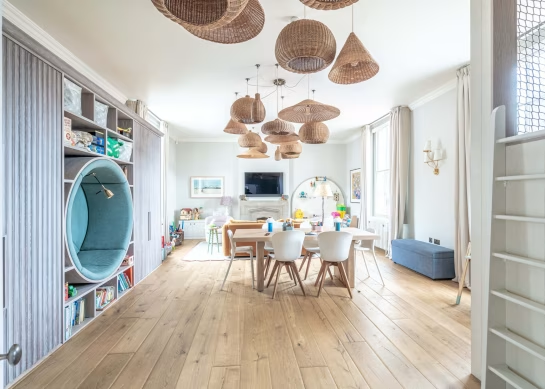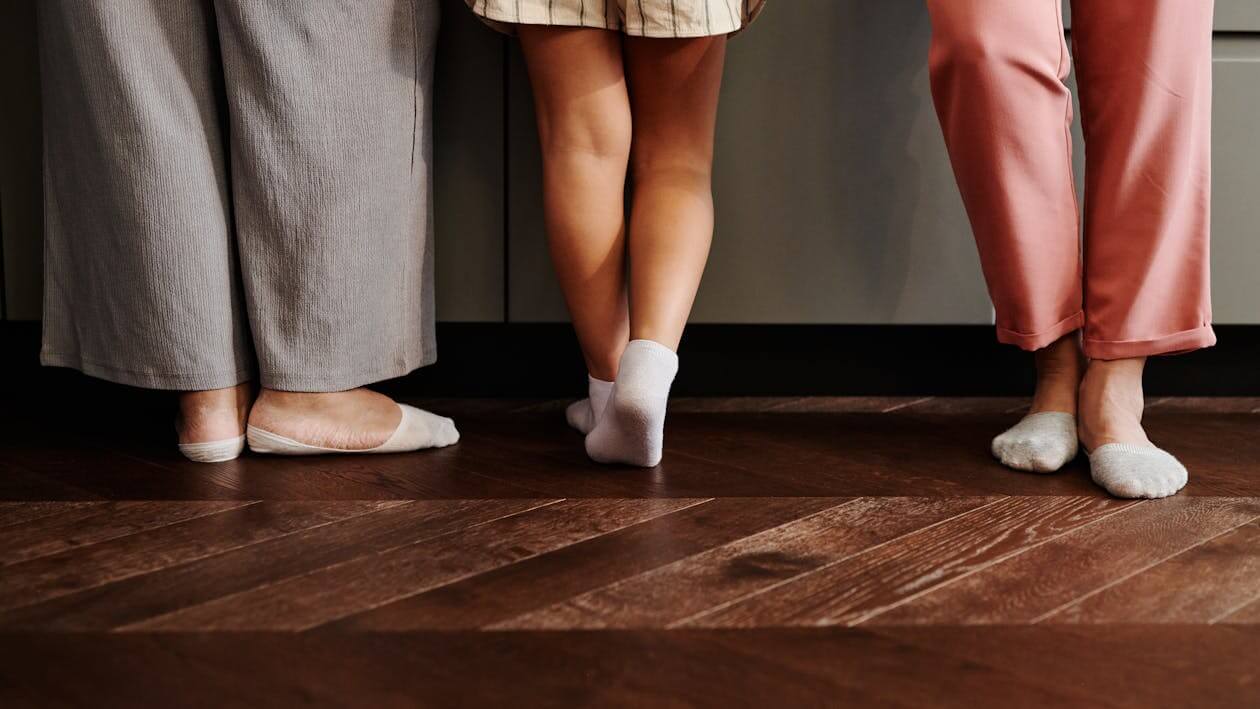
How to Avoid Common Problems with Wooden Floors and Underfloor Heating
Wooden flooring pairs well with underfloor heating (UFH), offering natural warmth, aesthetic appeal, and good thermal performance. However, improper installation or management can cause issues. This guide will help you ensure your wood flooring remains beautiful and efficient for years to come.
Most Common Issues With Underfloor Heating
These are some of the most common issues you may encounter:
- ❗ Sudden temperature changes or hot spots in the heating system
- ❗ Uneven heat distribution
- ❗ High humidity in the room
- ❗ Running the heating above 27°C surface temperature
- ❗ Using too much water when cleaning
How the Floor Might React
If your UFH system or flooring is installed incorrectly – or not properly maintained – you could see:
- Warping or cupping of boards
- Delamination (top layer coming off engineered flooring)
- Gaps appearing between floorboards
- Lifting or buckling of the entire floor (if poorly fitted)
- Inefficient heat transfer
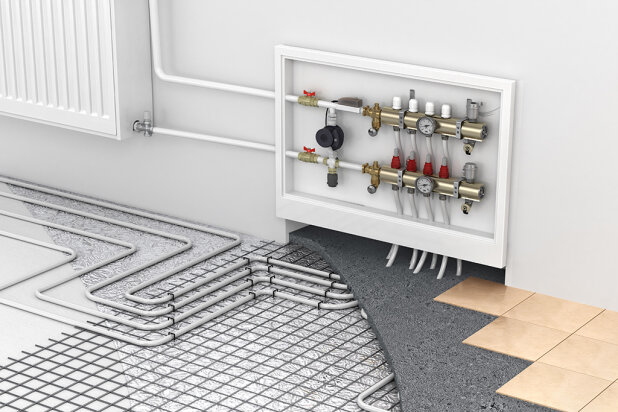
Explore Our Range of Wood Floors that are 100% Compatible with Underfloor Heating
Heat-compatible, high-style wood floors you’ll love
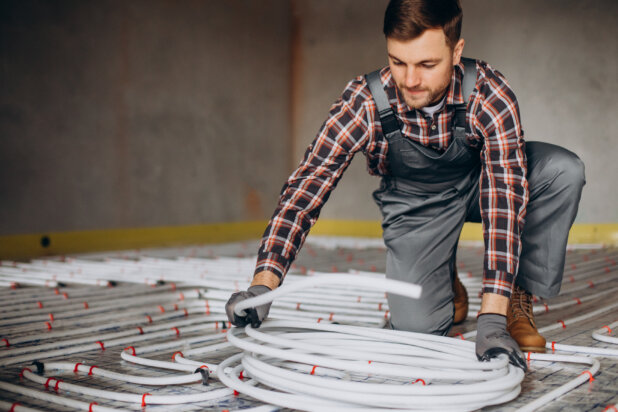
How to Prevent Common Problems With Underfloor Heating Systems
Use Experienced Professionals
Having your underfloor heating and flooring fitted by skilled professionals is essential. They know the materials, understand how the systems interact, and can avoid common pitfalls. Always ask questions and make sure you’re getting proper advice tailored to your space.
Invest in Quality Materials
Not all wood flooring is the same. Cheaper options might save you money upfront, but they’re more likely to cause trouble down the line. The same goes for adhesives. Always use flexible adhesives made specifically for UFH – not standard grab adhesives like Gripfill.
Avoid Hot Spots
Hot spots are areas where heat builds up more intensely, and they can cause severe stress to your wooden flooring. They usually happen due to:
- Poor installation
- Lack of reflector plates
- Uneven screed or insulation
Make sure your UFH system is installed evenly and correctly by a specialist.
Keep Temperature Changes Gradual
Wooden floors don’t like surprises. Turning the heating off completely for long periods, or cranking it up suddenly, can lead to expansion, contraction, and damage. If you need to change the temperature, do it slowly – just a few degrees per day.
💬 Need recommendations or have questions? Contact us – we’re happy to share our expertise.
Final Thoughts
Most problems with wooden floors over underfloor heating can be completely avoided by following a few simple steps:
- Choose quality materials
- Use professional installers
- Maintain a stable environment
- Clean appropriately
By taking care of your wooden floor and UFH system, you’ll enjoy a warm, beautiful space for many years to come.
📞 Still unsure about something? Don’t worry – just give us a call or drop us a message. We’re here to help make sure your floor is flawless.
